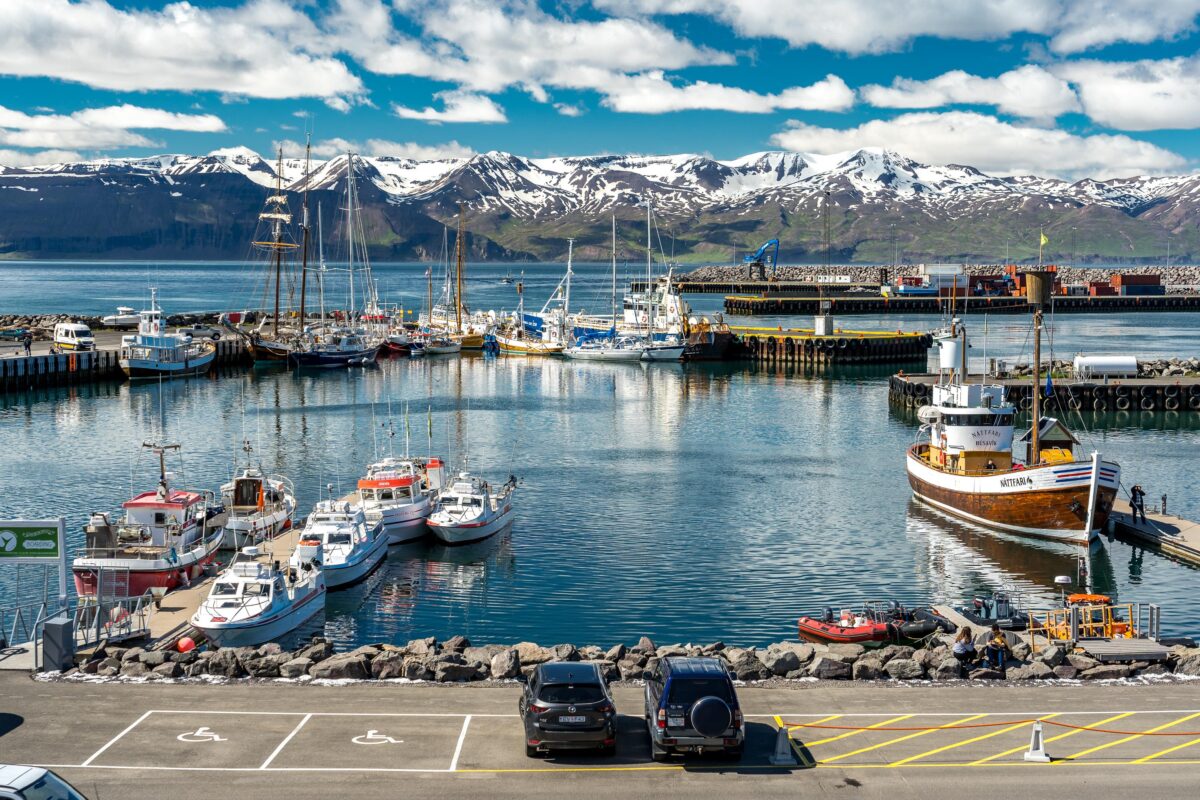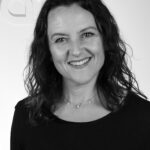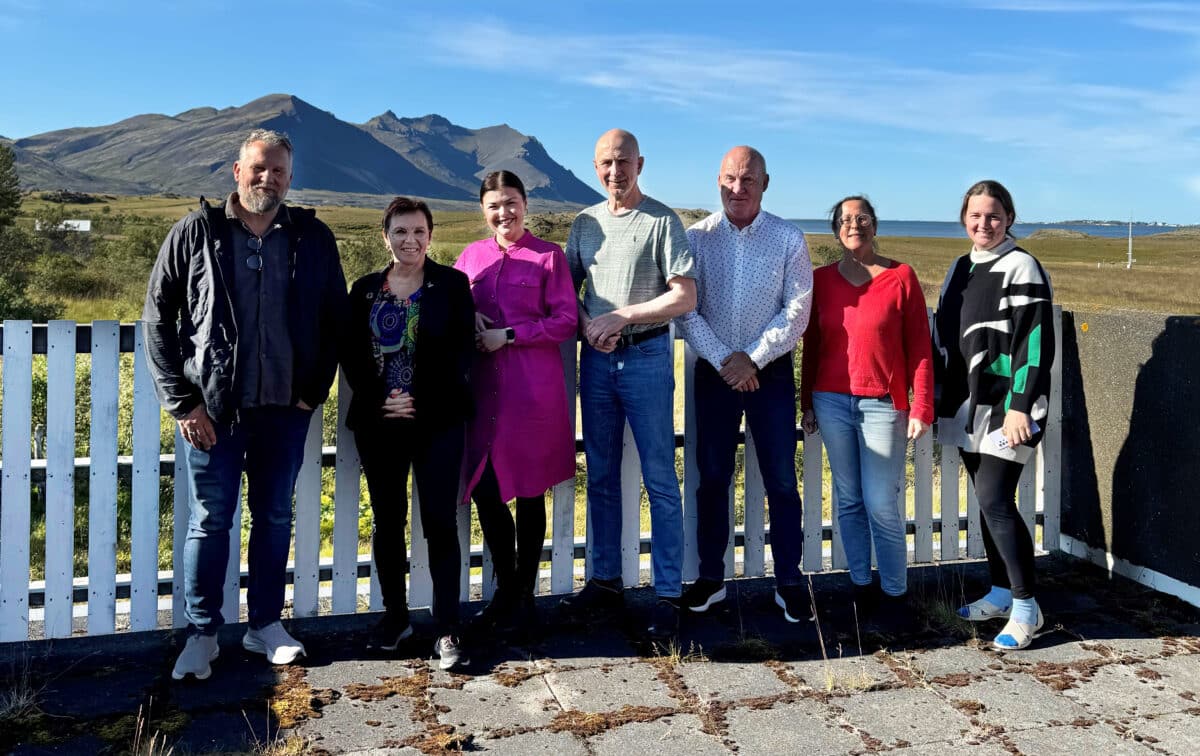Contact
Kolbrún Sveinsdóttir
Project Manager
kolbrun.sveinsdottir@matis.is
Megin viðfangsefni verkefnisins BlueProject var verðmætasköpun úr vannýttu fisktegundinni „Sarrajão“ (Sarda Sarda), found off the coast of Portugal. However, this type of fish is not marketed today for human consumption as it has a considerable amount of bones and a thick skin that is difficult to remove. However, the nutritional value of sarrajão is quite high.
Matís' approach to the project was to support promoting interest and educating the next generation towards healthy and sustainable eating habits in Portugal. This was done by adapting the project and procedure description of Krakkar Kokka (e.Kids Cuisine), which is based on entertainers, and the philosophy that has previously been developed, tested and implemented in Icelandic primary schools (Krakkar Kokka: https://matis.is/matis_projects/krakkar-kokka/) to more general conditions than those found in Iceland, for example in terms of factors such as climate and cultivation possibilities. The material was published in English and Portuguese, and the concept of Krakka Kokka was implemented in Portuguese primary schools.
Project and procedure description Kids cook in English for schools, together with presentation material and instructions is available on Matís' website: https://matis.is/en/matis_projects/blueproject/. The project Blue Project (Bioeconomy, PeopLe, SUstainability, Health) was funded by EEA Grants/Iceland Liechtenstein Norway grants/Bluegrowth Programme. It was a two-year collaboration between Matís, GUIMARPEIXE – Comércio de Produtos Alimentares, SA, Portugal TINTEX Textiles, SA, Portugal UNIVERSIDADE DO MINHO, Portugal INSTITUTO POLITÉCNICO DE VIANA DO CASTELO, Portugal CÂMARA MUNICIPAL DE ESPOSENDE, Portugal AEP – Associação Empresarial de Portugal, CCI and Portugal VISUAL THINKING – Digital Organization, Lda, Portugal.
_____
The BlueProject aim was to increase value creation, the sustainable growth of the blue economy, scientific research, and literacy in Blue Economy, based on the Marine Resources available on the North Atlantic Coast of Portugal. The focus was placed on the fish species „Sarrajão“ (Sarda Sarda), It is found by the Portuguese coast, but is not marketed today in Portugal for human consumption as it has considerable quantities of bones and a thick skin which is difficult to remove. However, its nutritional value is considerably high.
The main focus of Matis in the project is to contribute to the engagement, education and empowerment of the next generation towards healthy and sustainable food habits in Portugal. This was done by adjusting the Krakkar Kokka (e. Kids Cuisine) edutainment concept, previously developed, tested and implemented in Icelandic compulsory schools (Krakkar Kokka: https://matis.is/matis_projects/krakkar-kokka/) to more general situations compared to Iceland, eg regarding climate and agriculture. The edutainment material was published in English and Portuguese, and the Kids Cuisine concept implemented in Portuguese primary schools.
The Kids Cuisine Project and predecessor description, introduction slides and guidelines are accessible via Matís website: https://matis.is/en/matis_projects/blueproject/. The Blue Project (Bioeconomy, People, Sustainability, Health) was supported by EEA Grants/Iceland Liechtenstein Norway grants/Bluegrowth Programme. It was a two-year collaborative project between Matís, GUIMARPEIXE – Comércio de Produtos Alimentares, SA, Portugal TINTEX Textiles, SA, Portugal UNIVERSIDADE DO MINHO, Portugal INSTITUTO POLITÉCNICO DE VIANA DO CASTELO, Portugal CÂMARA MUNICIPAL DE ESPOSENDE, Portugal AEP – Associação Empresarial de Portugal, CCI and Portugal VISUAL THINKING – Digital Organization, Lda, Portugal.





